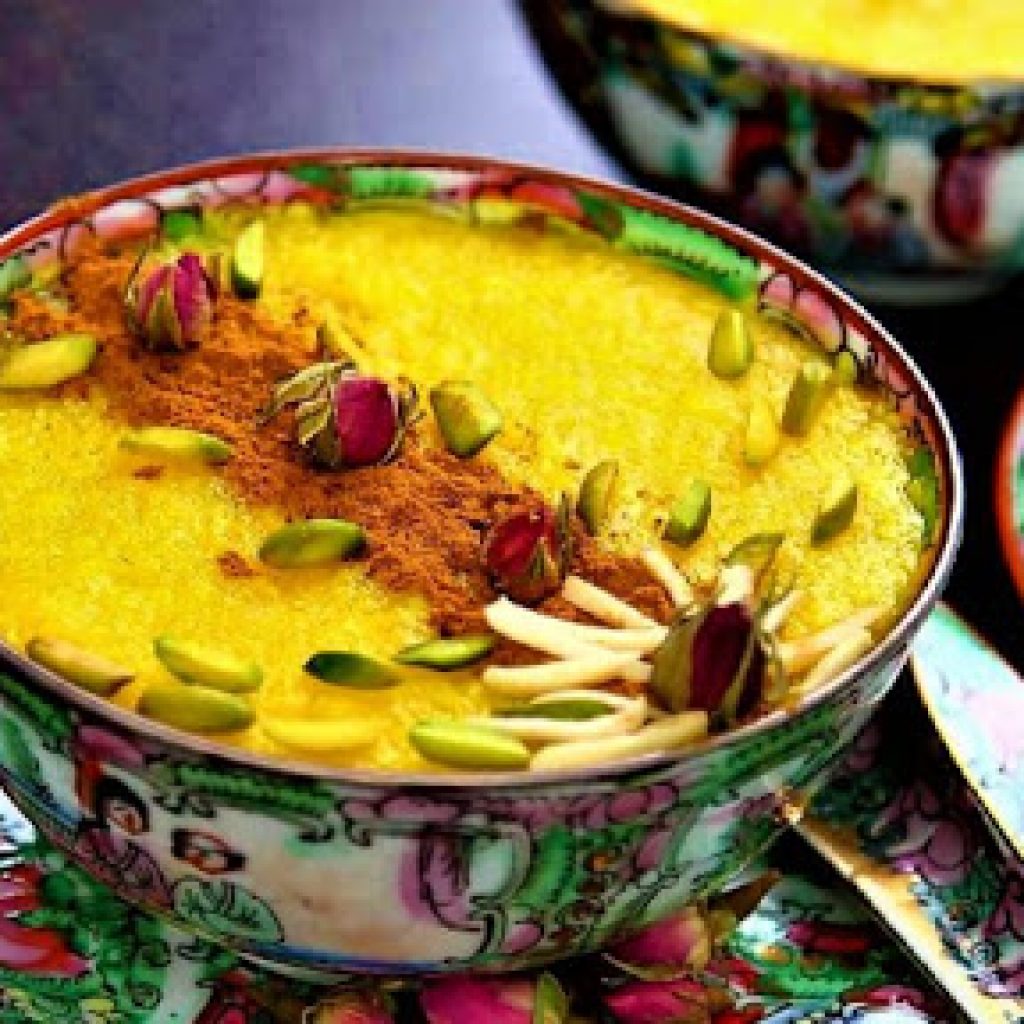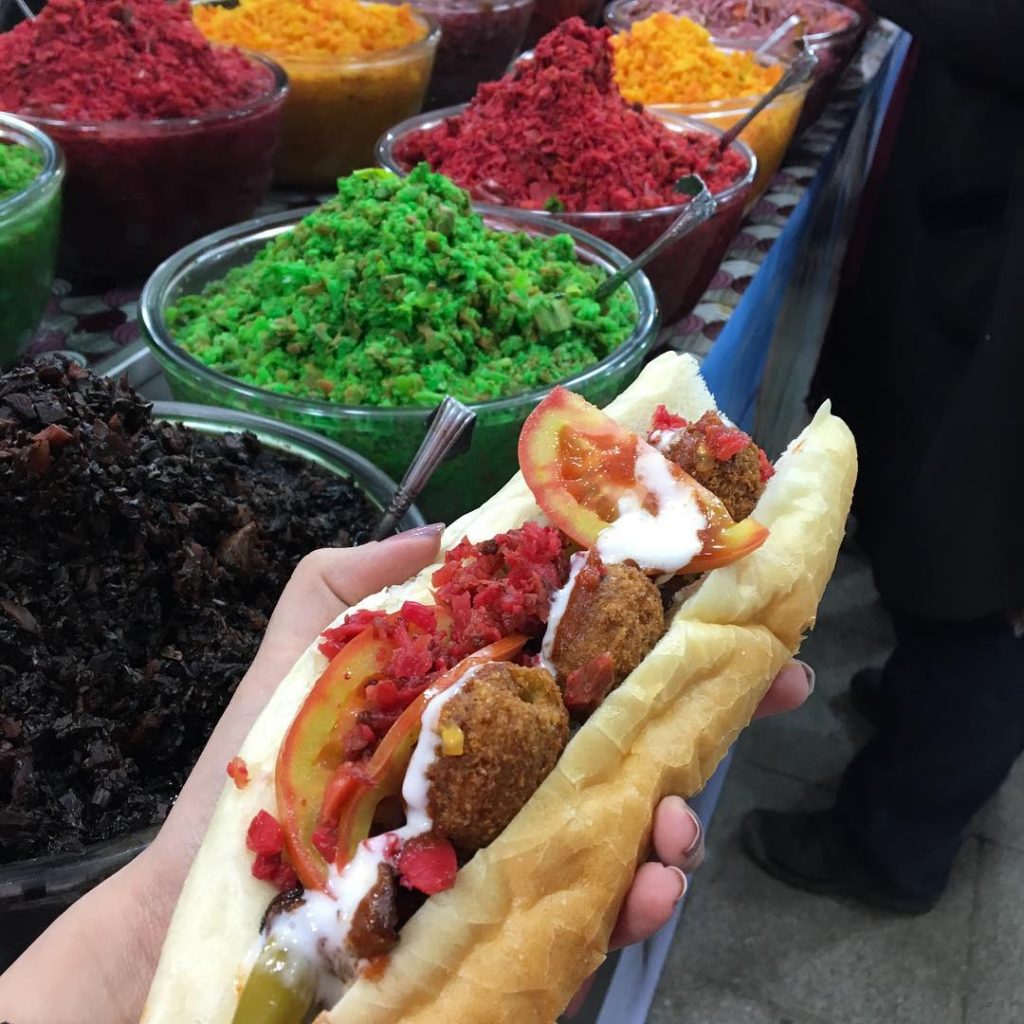Savoring Persia: A Deep Dive Into Exquisite Iranian Food
Persian cuisine is a celebration of ancient recipes, bold flavors, and cultural diversity, offering a culinary experience unlike any other. For centuries, the rich tapestry of Iran's history, geography, and interactions with neighboring civilizations has shaped its gastronomy, resulting in what we today know as Iranian food – a delightful symphony of aromas and tastes. From the bustling bazaars to the quiet family kitchens, the preparation and enjoyment of food are deeply intertwined with the nation's identity and hospitality.
This article invites you on an immersive journey to discover the irresistible flavors of Iranian food, exploring its unique ingredients, time-honored cooking methods, and the stories behind its most beloved dishes. We'll delve into the culinary traditions of Iran, also known as Persian cuisine, and uncover how it reflects the country’s rich heritage and regional influences, promising to transport your senses directly to the vibrant streets of Iran.
Table of Contents
- The Essence of Persian Culinary Traditions
- The Reign of Rice: The Heart of Iranian Food
- Iranian Kebabs: A Culinary Icon
- Savory Stews (Khoresht): The Soul of Iranian Cooking
- Beyond the Staples: Other Traditional Iranian Dishes
- The Influence and Evolution of Iranian Cuisine
- Discovering the Best-Rated Dishes and Culinary Experiences
- Embrace the Magic of Iranian Food
The Essence of Persian Culinary Traditions
Iranian cuisine, often referred to as Persian cuisine, is a testament to thousands of years of history, reflecting the diverse influences of empires, trade routes, and regional cultures. We know Iran has Persian roots and still depicts the old civilization of Persian culture, traditions, and Persian food. However, Iranian food and culture are also a combination of traditions of Central Asia, Turkey, Azerbaijan, and Mesopotamia, creating a truly unique gastronomic identity. This rich heritage is evident in the intricate flavors, aromatic spices, and meticulous preparation methods that define the cuisine. To truly understand Iranian food, one must appreciate its emphasis on fresh, high-quality ingredients. Herbs, fruits, and nuts play a pivotal role, often combined in unexpected yet harmonious ways. The culinary traditions of Iran are not just about recipes; they are about hospitality, family gatherings, and the art of slow cooking, allowing flavors to meld and deepen over hours. The history of Iranian cookbooks reveals a long-standing dedication to documenting and preserving these culinary arts, with methods of cooking rice and typical dishes meticulously passed down through generations. Experts like Nader Mehravari have dedicated over 35 years to exploring the history, principles, and practices of Persian cookery and Iranian food, with his work published in esteemed culinary journals and presented at prestigious food symposiums, underscoring the depth and scholarly interest in this fascinating culinary world.The Reign of Rice: The Heart of Iranian Food
At the heart of every Persian meal is polo or rice, which is why it goes on the top of our list. Rice is not merely a side dish in Iranian cuisine; it is often the star, prepared with an artistry that elevates it to a dish in its own right. The methods of cooking rice in Iran are varied and sophisticated, often resulting in fluffy, aromatic grains with a coveted crispy bottom layer known as *tahdig*. Aromatic basmati is typically seasoned with spices, sometimes cooked with yogurt, eggs, and oil, and layered with tart barberries or other ingredients to create complex flavors and textures.Polo: The Masterpiece of Persian Rice Cooking
Polo refers to rice that is cooked with other ingredients, creating a complete and flavorful dish. Examples include:- Baghali Polo: A vibrant and aromatic dish made with dill and fava beans, often served with tender lamb shank (mahicheh). Baghali polo and mahicheh is considered Iranian food for fancy parties, a true delight that showcases the elegance of Persian cooking.
- Zereshk Polo: Basmati rice layered with bright red barberries (zereshk) that are sautéed with saffron and sugar, offering a delightful sweet-and-sour contrast. It's often served with chicken.
- Sabzi Polo: Rice mixed with a generous amount of fresh herbs like parsley, cilantro, dill, and chives, traditionally served with fish, especially for Nowruz (Persian New Year).
Kateh: Simplicity and Comfort
While polo requires a more elaborate preparation, *kateh* represents the simpler, more rustic side of Iranian rice cooking. It's a quick and easy method where rice is cooked with just enough water, salt, and oil to be absorbed completely, resulting in a softer, stickier texture. Often enjoyed as a comforting everyday meal or for breakfast, *kateh* can also form a delicious *tahdig* if cooked properly. It’s one of the best-rated dishes in Iran, cherished for its humble yet satisfying appeal.Iranian Kebabs: A Culinary Icon
The Iranian kebabs are arguably the most famous of Iranian foods, synonymous with Persian culinary identity. From street-side vendors to upscale restaurants, kebabs are ubiquitous, representing a cornerstone of Iranian dining. The art of making a perfect kebab lies in the quality of the meat, the precise marination, and the skillful grilling over hot coals, resulting in tender, juicy, and flavorful skewers.Koobideh: The King of Kebabs
Koobideh is undoubtedly the most famous Iranian kebab. This tasty kebab is made of ground meat, typically veal or lamb, mixed with finely minced onions and sometimes herbs. The mixture is kneaded meticulously to achieve the perfect texture, then skillfully shaped onto wide, flat skewers and grilled. Koobideh is eaten with rice (chelo kebab) or sometimes bread, and is traditionally served with fresh herbs, yogurt, salad, olives, and grilled tomatoes. Its succulent texture and savory flavor make it an absolute must-try for anyone exploring Iranian food.Joojeh Kabab: Saffron-Infused Delight
Joojeh kabab is a delectable Persian food that shines on any festive occasion like a picnic or grill party. This exquisite chicken kebab is celebrated for its vibrant color and unparalleled flavor, largely due to the generous use of saffron. In joojeh kabab, chicken pieces are marinated in a mixture of yogurt, saffron, lemon juice, and various spices. The yogurt tenderizes the chicken, while saffron imparts its signature golden hue and delicate aroma. The marinated chicken is then skewered and grilled over hot coals, resulting in tender, smoky, and juicy chicken kebabs that are simply irresistible.Savory Stews (Khoresht): The Soul of Iranian Cooking
While kebabs capture the celebratory spirit, Iranian stews, known as *khoresht*, represent the comforting, home-cooked soul of Persian cuisine. These aromatic and flavorful dishes are slow-cooked to perfection, allowing a complex layering of tastes to develop. They are typically served with fluffy white rice (chelo) and are a staple of everyday Iranian meals.Ghormeh Sabzi: The National Darling
Ghormeh Sabzi is arguably the most adored among Iranians, often considered the national dish. This savory herb stew is a unique blend of sautéed herbs (parsley, cilantro, fenugreek, and chives), kidney beans, and tender pieces of lamb or beef, all simmered in a rich, tangy broth flavored with dried limes (limoo amani). The distinct aroma of Ghormeh Sabzi cooking is instantly recognizable and evokes a sense of home and tradition for many Iranians. Its complex, earthy, and slightly sour flavor profile makes it a truly unforgettable experience.Fesenjan: A Sweet and Sour Masterpiece
Fesenjan is another iconic Persian stew, known for its rich, distinctive flavor and luxurious texture. This unique dish combines ground walnuts, pomegranate molasses, and chicken or duck, slow-cooked until the sauce thickens to a velvety consistency. The taste is a harmonious balance of sweet and sour, with nutty undertones. Fesenjan is often served on special occasions and is considered one of the best-rated dishes in Iran, a true testament to the sophisticated palate of Persian cuisine.Beyond the Staples: Other Traditional Iranian Dishes
The diversity of Iranian food extends far beyond rice, kebabs, and stews. Discover Iranian cuisine with 10 traditional dishes showcasing diverse ingredients, complex flavors, and vibrant presentation. Here are a few more notable examples:- Abgoosht or Dizi: This is a hearty and traditional dish of Iranians, a rich lamb and chickpea stew that is cooked slowly in a stone pot (dizi). It's typically eaten in two stages: first, the broth is poured into a bowl and eaten with torn bread (tilit), then the remaining solid ingredients are mashed and eaten with bread, pickles, and fresh herbs. It's a true comfort food, deeply ingrained in Iranian culinary tradition.
- Ash Reshteh: A thick, hearty noodle soup packed with various beans, lentils, chickpeas, and fresh herbs, topped with kashk (a fermented whey product), fried mint oil, and fried onions. It's a popular dish, especially in colder months or during religious ceremonies, known for its nourishing qualities and complex flavors.
- Kuku Sabzi: A flavorful herb frittata, often served during Nowruz (Persian New Year). It's packed with fresh herbs like parsley, cilantro, dill, and fenugreek, along with eggs and sometimes walnuts and barberries. It's vibrant, aromatic, and a refreshing contrast to heavier dishes.
The Influence and Evolution of Iranian Cuisine
The culinary traditions of Iran have not only shaped its own identity but have also had a significant influence on other cuisines across the Middle East, Central Asia, and even parts of India. The use of saffron, dried limes, pomegranates, and specific rice cooking techniques can be traced back to Persian roots. This cross-cultural exchange highlights the depth and reach of Iranian food, demonstrating its role as a culinary cornerstone in a vast region. The evolution of Iranian cuisine continues, with chefs and home cooks alike exploring variations of traditional dishes while preserving their core authenticity. Learning about the ingredients, origins, and variations of Iranian cuisine reveals a dynamic culinary landscape that respects its past while embracing the future. From savory stews like ghormeh sabzi to aromatic rice dishes such as chelo kebab, Persian food reflects Iran’s rich heritage and regional influences, always evolving yet rooted in tradition.Discovering the Best-Rated Dishes and Culinary Experiences
For those eager to dive deeper, exploring the best-rated dishes in Iran, from *kateh* to *fesenjan*, offers a fantastic starting point. Many online resources provide ratings, reviews, and photos, helping enthusiasts navigate the vast world of Persian cuisine. Discover the most popular and delicious Persian dishes, from stews and kebabs to rice and salads. You can also find easy and delicious recipes that will transport you to Iran, offering pro tips for achieving authentic flavors. Whether you're a seasoned cook or a curious foodie, the journey through Iranian food promises to be an enriching one. Discover the unique ingredients, recipes, and cooking methods of Iranian cuisine, and you'll find yourself captivated by its depth and complexity. From succulent kebabs to aromatic rice dishes, Persian food is a celebration of fresh ingredients and exquisite spices, a treasure trove of flavors and aromas that will delight you!Embrace the Magic of Iranian Food
In conclusion, Iranian food is much more than just sustenance; it is a cultural narrative, a historical journey, and an artistic expression. It's a cuisine that invites you to slow down, savor each bite, and appreciate the layers of flavor and tradition woven into every dish. From the iconic Koobideh and Joojeh Kabab to the comforting Ghormeh Sabzi and the sophisticated Fesenjan, each dish tells a story of ancient Persia and its enduring culinary legacy. We hope this exploration has ignited your passion for Persian cuisine. Discover the irresistible flavors of Iranian food and taste the magic of Persian tradition for yourself. We encourage you to try preparing some of these aromatic and flavorful dishes in your own kitchen. Share your favorite Iranian food experiences in the comments below, or tell us which dish you're most excited to try next! Your culinary adventure into the heart of Persia awaits.- How Old Is Jonathan Roumie Wife
- Michael Steele Wife
- How Tall Is Al Pacino In Feet
- Courtney Henggeler
- Julie Clapton

FOODS - Iran Tourism and Travels

Iran Food & Drinks Guide - Friendlyiran

Iran Food & Drinks Guide - Friendlyiran